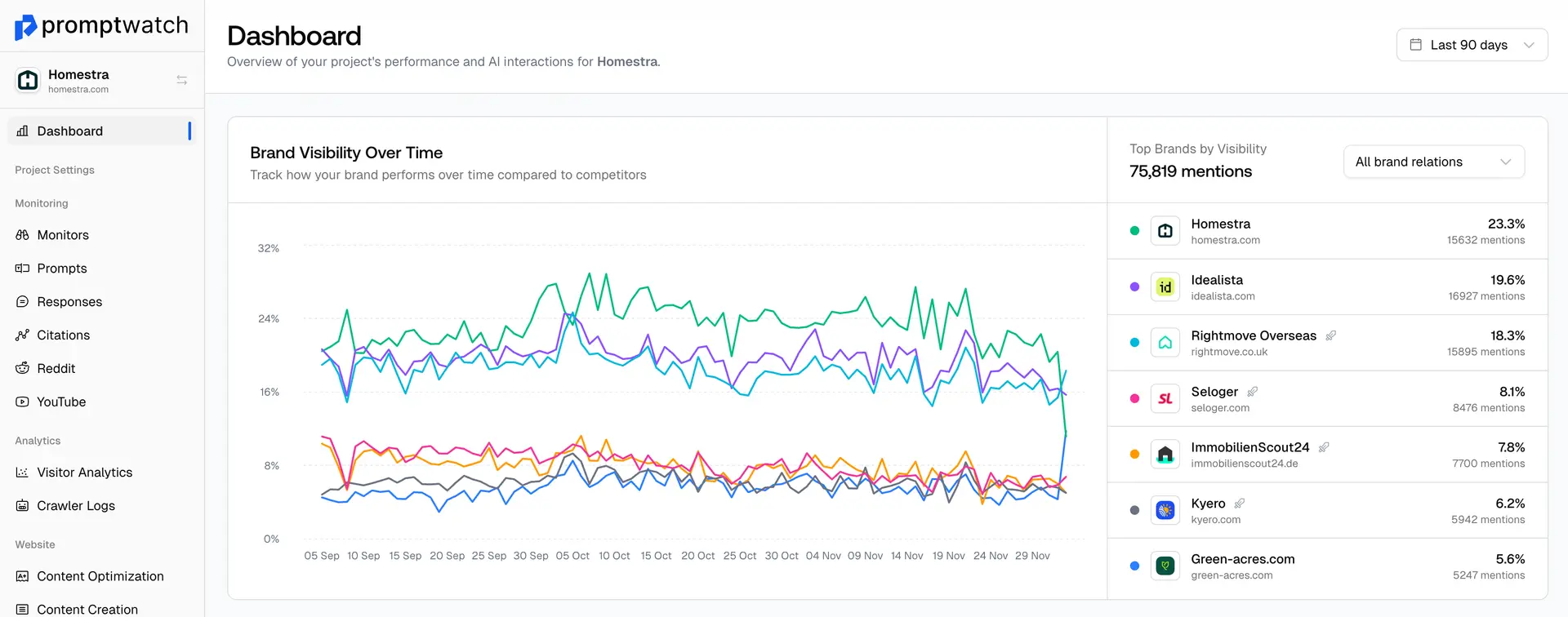Definition
Visual Search represents a revolutionary advancement in search technology that allows users to search using images rather than text queries. This AI-powered capability enables reverse image search, visual similarity matching, and contextual image understanding, fundamentally changing how people discover and interact with visual content online.
At its core, visual search uses computer vision and machine learning algorithms to analyze images and understand their content, context, and relationships to other visual elements. Users can upload photos, take pictures with their mobile devices, or select images from search results to find similar items, related products, or additional information.
The technology works through several sophisticated processes: image recognition to identify objects, people, and scenes; feature extraction to understand visual characteristics like color, shape, and texture; similarity matching to find visually related content; and contextual understanding to provide relevant search results based on image content.
Major platforms have integrated visual search capabilities: Google Lens allows users to search using phone cameras, Pinterest's visual search helps find similar products and styles, Amazon's visual search enables shopping by photo, and various e-commerce platforms use visual search for product discovery.
For businesses, visual search presents new optimization opportunities and challenges. E-commerce sites can optimize product images for visual search recognition, content creators can enhance visual content for better discoverability, and brands can leverage visual search for improved product discovery and customer engagement.
In the AI era, visual search becomes even more sophisticated with multimodal AI systems that can combine visual understanding with natural language processing, enabling queries like 'find dresses similar to this one but in blue' or 'what type of plant is this and how do I care for it?'
Effective visual search optimization involves creating high-quality, well-lit product images, using consistent visual styling for brand recognition, implementing proper image metadata and alt text, ensuring images are crawlable and indexable, and understanding how visual search algorithms interpret different types of visual content.
Examples of Visual Search
- A user taking a photo of a dress in a store and using visual search to find similar items online at different price points
- A homeowner photographing a plant and using visual search to identify the species and get care instructions
- A furniture shopper uploading a photo of their living room to find matching decor items and furniture pieces
- An art enthusiast using visual search to find similar artworks or artists based on a museum photo
- A mechanic photographing a car part to find replacement components and repair instructions
